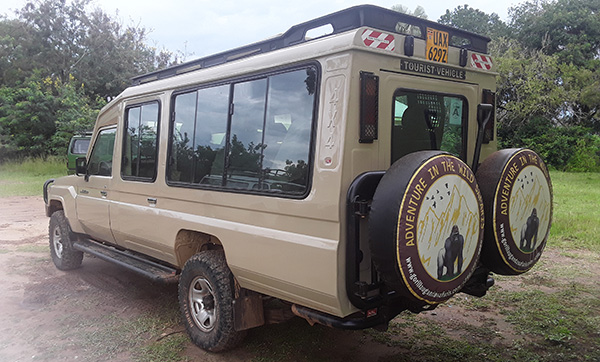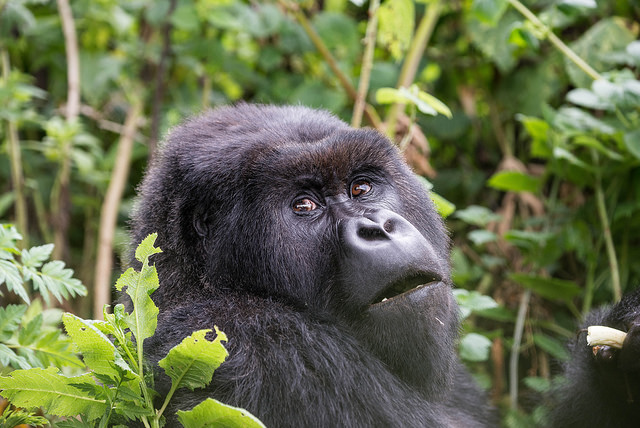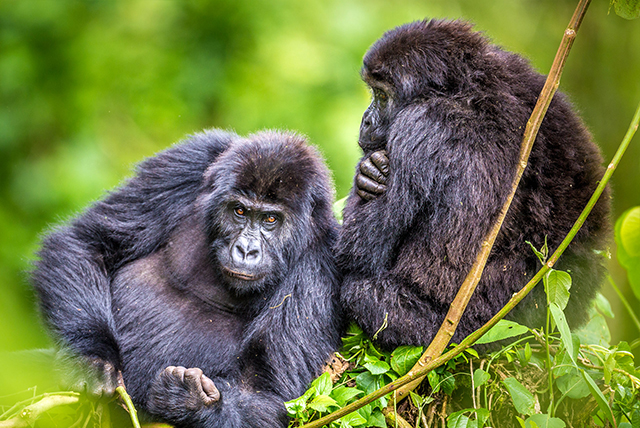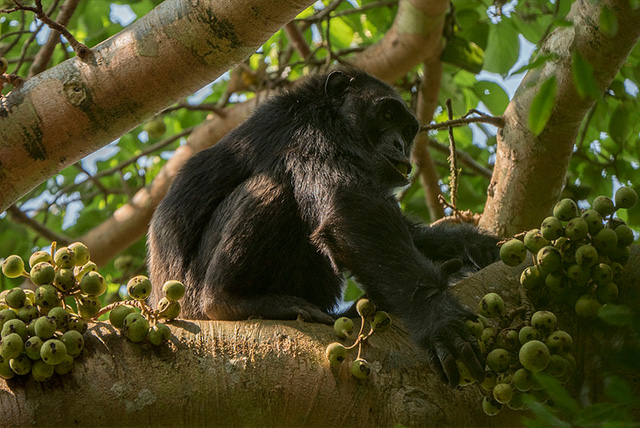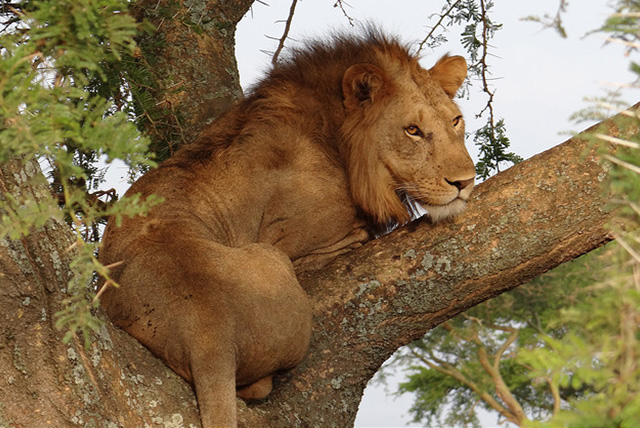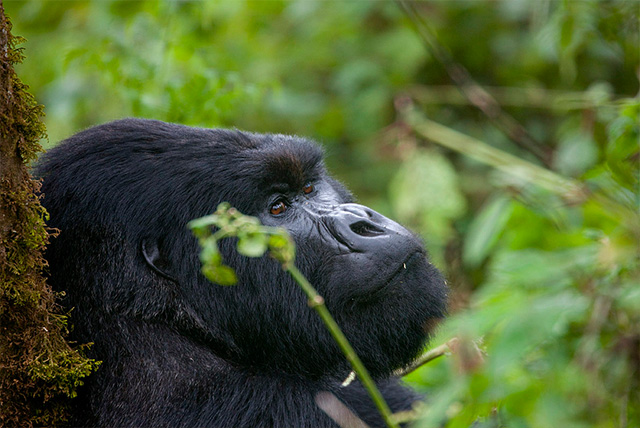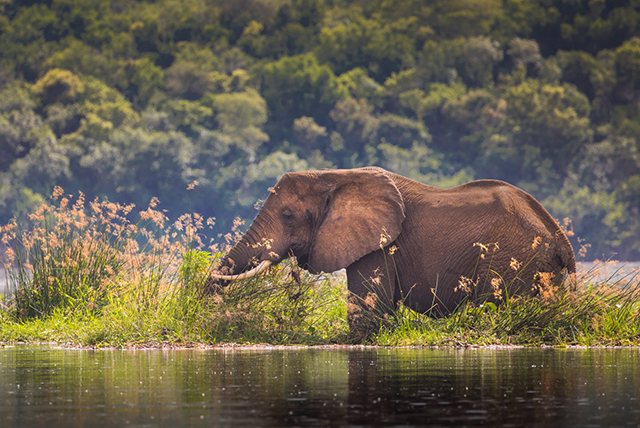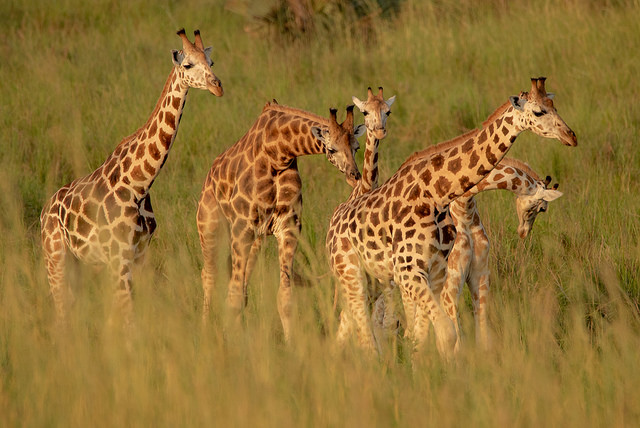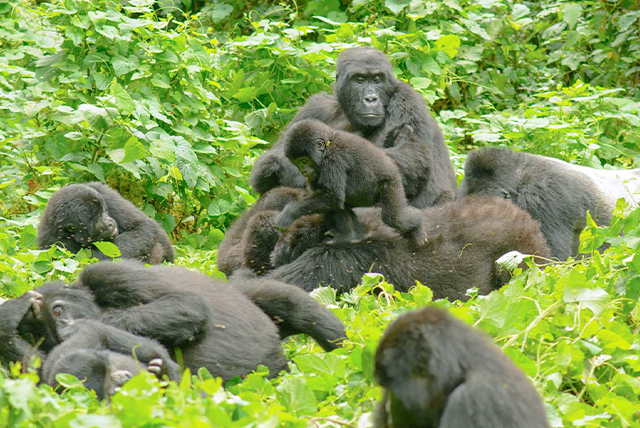Best time to Visit Namibia
What is the ideal time to visit Namibia?
The arid months from May to October are often considered the prime time to explore Namibia for wildlife observation, particularly in Etosha National Park. The skies are bright and clear, the threat of malaria has diminished, and wildlife is gathering around water sources as the dry season progresses. However, brace yourself for chilly nighttime temperatures in June and July, while September and October can bring intense heat. The summer rains from November to April transform the landscape into a vibrant green and sometimes unleash floods upon the desert.
Month by Month Guide for Exploring Namibia: Exploring Namibia from January to April
In the heart of summer, January brings sweltering temperatures across the land, while certain regions are treated to intense afternoon downpours. The summer rains transform Etosha National Park into a vibrant, lush landscape, yet the thrill of spotting wildlife can occasionally be a bit elusive amidst the thick greenery. Bird watching is particularly thrilling this time of year, especially for spotting the vibrant pink plumes of the flamingo. Traveling to the Zambezi Region (formerly known as the Caprivi Strip) during the rainy months is not recommended, as this area experiences the highest rainfall in Namibia and roads can become flooded. There is an increased chance of encountering malaria.
February brings warmth, moisture, and a touch of humidity, creating an atmosphere full of life and excitement. If you can embrace the rain, there’s a world of excitement waiting for you. February marks the calving season in Etosha National Park, and while it can be challenging to spot wildlife, this is your chance to witness the arrival of adorable newborns.
March brings a decrease in rainfall, yet the days remain warm and humid, while the nights begin to cool down. March may not offer the finest opportunities for game viewing, but April emerges as the prime time to explore Namibia for those passionate about photography – the skies are pristine and the beauty of nature invites you to capture its essence.
May ushers in winter and is celebrated as an exceptional time to explore Namibia, heralding the beginning of peak safari season. The atmosphere is ideal for thrilling game drives, featuring minimal rainfall and pleasantly low humidity. This is the time when wildlife congregates around watering holes, as rivers and larger water sources dwindle and water becomes a precious resource.
The nights in June take on a chill, with temperatures sometimes plunging unexpectedly, and the desert regions can even face frosty conditions. Throughout the day, the atmosphere is delightful, adorned with bright, azure skies. In the absence of rainfall, the landscape transforms into a parched and open expanse, providing an excellent opportunity to observe wildlife during an upscale safari in Namibia. The game parks maintain a serene atmosphere at the beginning of the month, but as June draws to a close, they become bustling with activity.
July stands out as the driest month of the year, making it an ideal time for exploring Namibia and discovering the wonders of its game parks, particularly Etosha National Park. During this time, it is a thrilling experience to witness a diverse array of wildlife – elephants, zebras, giraffes, gazelles, and wildebeests – gathering in large groups, all quenching their thirst at a single watering hole.
August marks the peak of winter, yet it draws many travelers to Namibia, making it wise to secure your accommodation ahead of time. This month offers fantastic opportunities for observing wildlife and enjoying outdoor activities in the desert – the daytime temperatures are pleasantly mild, even though the nights can be quite chilly. A standout moment in August is the vibrant wild spring flowers bursting into bloom, transforming the landscape of the Ai-Ais Richtersveld Transfrontier Park into a stunning, colorful tapestry.
September offers the perfect opportunity for an exhilarating safari adventure in Namibia. The days are filled with delightful warmth, while the nights start to embrace a cozy heat. The landscape remains arid this month, creating perfect conditions for spotting wildlife.
October signals the final stretch of Namibia’s winter season. The weather begins to warm up, with a hint of rain in the air, yet the skies remain mostly clear – ideal for exploring the stars and observing wildlife. October is the perfect time to visit Namibia for an exhilarating experience of whale watching along the coast, as southern right, minke, and humpback whales journey past the Walvis Bay area during their annual migration across the Atlantic.
As November arrives, the rainy season unfolds, bringing a refreshing coolness that sweeps across the country. The weather this month is full of surprises, and as the rain rolls in, you might witness some truly spectacular thunderstorms. From November to about February, flamingos flock to Swakopmund – vibrant pink feathers congregating in their thousands around lagoons.
December presents an exhilarating opportunity for game viewing in Etosha National Park, showcasing magnificent elephants, lions, rhinos, and kudu. Summer is the perfect season to explore Namibia for bird watching, as the arrival of migrant birds coincides with the onset of the rainy season. This time of year is bustling with activity as school holidays and the festive season attract numerous visitors to Namibia for an unforgettable safari experience.

